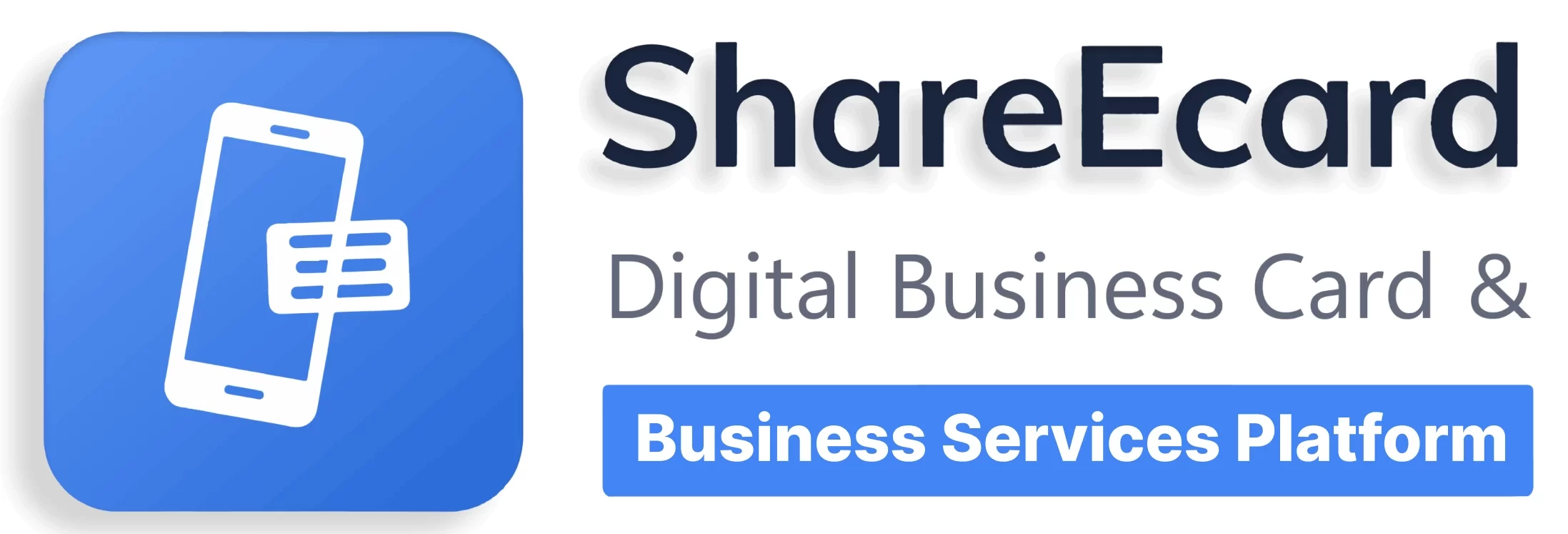Starting a clothing business can be an exciting venture for aspiring entrepreneurs passionate about fashion and design. The apparel industry offers endless possibilities for creativity and expression, making it a vibrant and dynamic field to enter. This step-by-step guide is designed to help you launch, operate, and grow a successful clothing business, highlighting the essential steps, benefits, and considerations to ensure your brand stands out in the competitive fashion market. With the right strategy and dedication, your clothing business can flourish, providing a rewarding entrepreneurial journey. Let’s get started! Read on!
Benefits of Starting a Clothing Business
Starting on a clothing business journey comes with numerous advantages, appealing to a wide range of entrepreneurs. Here are some of the key benefits:
- Creative Freedom: Running your own clothing line offers the chance to bring your unique vision to life, from design to branding.
- High Demand: Clothing is a basic necessity with a constant demand, and there’s always room for new trends and designs.
- Flexibility: This business can be started from home and scaled up as it grows, offering flexibility in how you operate.
- Diverse Market: The fashion industry caters to various segments, from budget-friendly apparel to luxury items, allowing you to find your niche.
- Brand Building: There’s a significant opportunity to build a brand that resonates with people, creating loyal customers and a community around your products.
Step-by-Step Approach to Starting a Clothing Business
Launching a clothing business requires careful planning and execution. Here’s a detailed breakdown of the steps involved:
- Conduct Market Research
Understanding the market is crucial for any business. For a clothing line, this means identifying your target customers, analyzing competitors, and spotting trends. Look into what’s currently available, what customers are seeking, and where there might be gaps in the market. This research will inform your decisions on product design, pricing, and marketing strategies.
- Identify Your Niche
The clothing industry is vast, so finding your niche is essential. Whether it’s eco-friendly materials, plus-size fashion, or culturally inspired designs, your niche should reflect your interests and values, as well as appeal to a specific customer base. Consider the following:
- Market Needs: What are customers looking for that they can’t find? How can your clothing line meet those needs?
- Unique Offerings: What can you offer that’s different from existing brands? This could be unique designs, sustainable practices, or a specific style.
- Customer Base: Who are your ideal customers? Understanding their preferences, lifestyle, and spending habits will help tailor your products to their needs.
- Competition: Analyze your competitors to identify what you can do better or differently. This could involve higher quality materials, more inclusive sizing, or innovative designs.
- Create Your Brand
Your brand is more than just your logo or product; it’s the entire experience you offer your customers. This includes your brand name, logo, the story behind your brand, and how you communicate with your audience. A strong, cohesive brand identity will make your clothing line memorable and appealing.
- Develop a Business Plan
A comprehensive business plan is your roadmap to success. It should cover:
- Business Structure: Decide on the legal structure of your business (e.g., sole proprietorship, LLC).
- Product Line: Detail the types of clothing you plan to sell, including any specific themes or collections.
- Pricing Strategy: Determine how you’ll price your items, considering production costs, competitor pricing, and your target market’s willingness to pay.
- Marketing and Sales Strategy: Outline how you’ll promote your brand and where you’ll sell your products (online, physical stores, pop-up shops).
- Financial Projections: Include startup costs, forecasted revenue, and a break-even analysis to understand when your business will become profitable.
- Legal and Financial Setup
- Register Your Business: Choose a business name and register it, along with obtaining any necessary licenses and permits.
- Get Insurance: Protect your business with the right insurance policies.
- Open a Business Bank Account: Separate your personal and business finances.
- Set Up Accounting Systems: Keep track of your finances, either through software or by hiring a professional.
- Design and Produce Your Clothing Line
This is where your creative vision comes to life. Whether you’re designing in-house or working with designers, focus on creating high-quality, distinctive pieces that reflect your brand. Consider the materials, production methods, and ethical practices involved in producing your clothing. You may start with a small collection and expand as your brand grows.
- Build an Online Presence
In today’s digital age, having an online presence is crucial. This includes a professional website, social media profiles, and possibly an e-commerce platform. Use these channels to showcase your products, share your brand story, and engage with your audience.
- Market Your Brand
Develop a marketing strategy that combines online and offline tactics. Social media, email marketing, influencer collaborations, and content marketing are powerful tools for reaching your audience. Additionally, consider participating in fashion shows, pop-up shops, and other events to get your products in front of potential customers.
- Launch Your Business
With everything in place, it’s time to launch your clothing business. Plan a launch event or campaign to generate excitement and draw attention to your brand. Offer promotions or exclusive deals to encourage initial purchases.
- Focus on Customer Service
Exceptional customer service can set your clothing business apart. Ensure that your customers have a positive experience by providing clear communication, easy returns, and prompt responses to inquiries. Listen to feedback and be willing to make adjustments to meet your customers’ needs.
- Plan for Business Expansion
As your clothing business begins to gain traction and build a loyal customer base, it’s natural to start thinking about expansion. Expanding your business is a crucial step towards increasing your brand’s reach, diversifying your product line, and ultimately, boosting your revenue. Here are key strategies to consider when planning to expand your clothing business:
- Market Research: Conduct thorough research to identify new markets or customer segments. Look for trends that align with your brand’s identity and values. Expanding doesn’t always mean going international; sometimes, untapped local markets can offer significant growth opportunities.
- Diversify Your Product Line: Consider introducing new products that complement your existing line. This could mean adding accessories, branching into a new clothing category, or even collaborating with other designers to offer exclusive items.
- Increase Production Capacity: Expanding your business might require you to scale up production. This could involve investing in more advanced manufacturing equipment, hiring additional staff, or partnering with larger manufacturing companies.
- Enhance Your Online Presence: In today’s digital age, expanding your online sales channels can significantly boost your reach. Explore selling on additional platforms, optimizing your website for international sales, or using digital marketing strategies to target new audiences.
- Consider Physical Locations: If you’re primarily online, opening a pop-up shop or a permanent storefront in strategic locations can enhance your brand’s visibility and allow customers to experience your products firsthand.
- Strengthen Your Supply Chain: Ensure your supply chain can handle the increased demand. This means securing reliable suppliers, optimizing inventory management, and ensuring timely delivery to maintain customer satisfaction.
What You’ll Need for Starting a Clothing Business
Kicking off a clothing business requires more than just a passion for fashion; here’s a rundown of the essential tools and resources you’ll need to turn your dream into a thriving reality.:
- Designs and Products: Your unique clothing designs are the core of your business.
- Suppliers and Manufacturers: Reliable partners to produce your clothing line.
- Branding Materials: A strong brand identity, including a logo, packaging, and marketing materials.
- Online Platform: A website and social media presence to sell and promote your products.
- Marketing Plan: Strategies to reach your target audience and build your customer base.
- Capital: Funding to cover startup costs, production, and marketing expenses.
Conclusion
Starting a clothing business is more than just selling attire; it’s about creating a brand, telling a story, and building a community. This guide has outlined the steps to turn your vision into reality, from understanding your market to launching your brand. The journey to creating a successful clothing business comes with its challenges, but with dedication, creativity, and hard work, you can overcome these obstacles.
Remember, the core of your business is the value you offer to your customers. It’s not just about the clothes but the experiences you create and the relationships you build. Stay true to your vision, listen to feedback, and always look for ways to improve. The fashion world changes fast, and your business should be ready to adapt.
In short, starting a clothing business is a rewarding venture that allows you to express yourself and make an impact. Whether you aim to see your designs on the runway or in people’s everyday lives, the effort you put in today lays the groundwork for future success. Keep striving, stay motivated, and remember that every big brand began with a simple idea and the determination to follow through.




